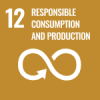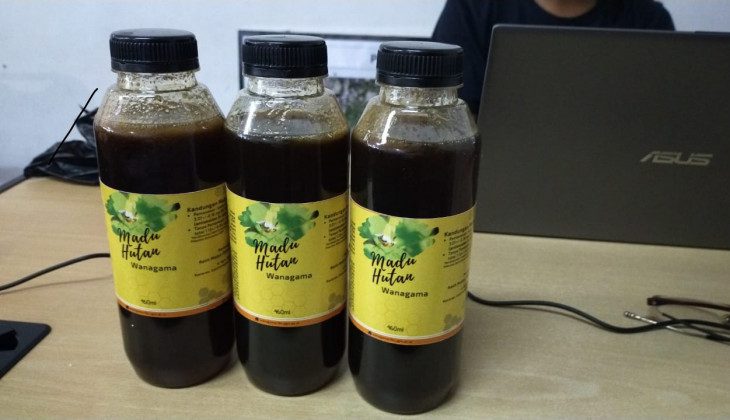A researcher from the Faculty of Forestry UGM, Dwiko Budi Permadi, Ph.D., developed Wanagama honey as an alternative livelihood for residents and perceived it as forming the Wanagama forest ecosystem. The forestry development aims to produce non-timber forest products such as honey, which functions as a beneficial food for public health and pollinate forest and agricultural plants.
According to its name, Wanagama Honey was produced from bees in the 622.25-hectare area of the Wanagama education forest. The honey is produced from Apis cerana, not the Apis mellifera, which is often cultivated on an industrial scale. Apis cerana is a local Indonesian bee, just like the Apis dorsata and several other bees that live in forests. In addition, Apis mellifera is imported from Australia and is nurtured more intensively by beekeepers.
Dwiko said that the origin of honey production began in the 1980s when Wanagama became a test site for fast-growing species, Acacia mangium to compose superior pulpwood. Mangium turns out to produce extrafloral nectar from the axillary leaves, making it proper for Apis cerana bees because they emit nectar outside the flower nectar, which blooms only once a year. When mangium is cut down because it has been too old and attacked by disease, it turns out that many bee colonies have moved and decreased. This condition caused honey production to drop as well. This worst instance has awakened the surrounding community and Wanagama managers to manage nectar and pollen producers as food for bees. “Wanagama Honey is stringent so that there is no additional feed apart from nectar and pollen. This specialty is what distinguishes it from cultivated honey, which is often given additional artificial feed instead of nectar,” he explained on Sunday (8/11).
This honey cultivation involves several bee farmer groups with 40 farmer members from communities around the Wanagama forest, especially Banaran and Gading, Gunungkidul, Yogyakarta. The development of bees has persevered at a household scale. However, Wanagama will act as a post-harvest processor to maintain quality. The honey harvesting process applies a unique method because it extracts honey from the hive by heating at a temperature above 70 degrees Celsius for 20 minutes. This method reaps the pros and cons because the literature says there is nutritional and chemical damage when it is heated. But it happens to packaged honey that has come out of the hive. From the chemical test results in the Biomaterial Conversion Lab, Faculty of Forestry UGM, it was proven that heating results were better. “As a result, the honey extraction process does not use the technology generally used by cultivated beekeepers,” he said.
Dwiko added that honey production from the Wanagama forest reached 680 liters or nearly 1 ton for one season. These results came from around 17 blocks spread over 6 Wanagama plots with several bee boxes of approximately 500 – 600 colonies. “There were more than 2000 boxes scattered, but only a quarter of them are filled with colonies,” he said.
The honey marketed by Wanagama is comparatively more expensive than those on the market. The price is around 600 – 700 thousand / liter depends on its packaging. Despite the Apis cerana bee, Wanagama also cultivates stingless bees, namely klanceng or Trigona sp. The Klancengization program was conducted in the yards of residents’ homes involving PKK women in Banaran Village. Accordingly, the yards’ results further supported functional family food, which was very important for body immunity during the Covid-19 pandemic.
“Bees without a sting are certainly more friendly to women. To improve the nectar source, we develop replacement tear flower plants that are red and pink and flower all year round,” he said.
The video of Wanagama honey’s excellence, entitled The Sweetness of Wanagama Honey, also made Dwiko become one of the 2020 UGM Achievement Awardees in the Knowledge Dissemination Innovation category.



